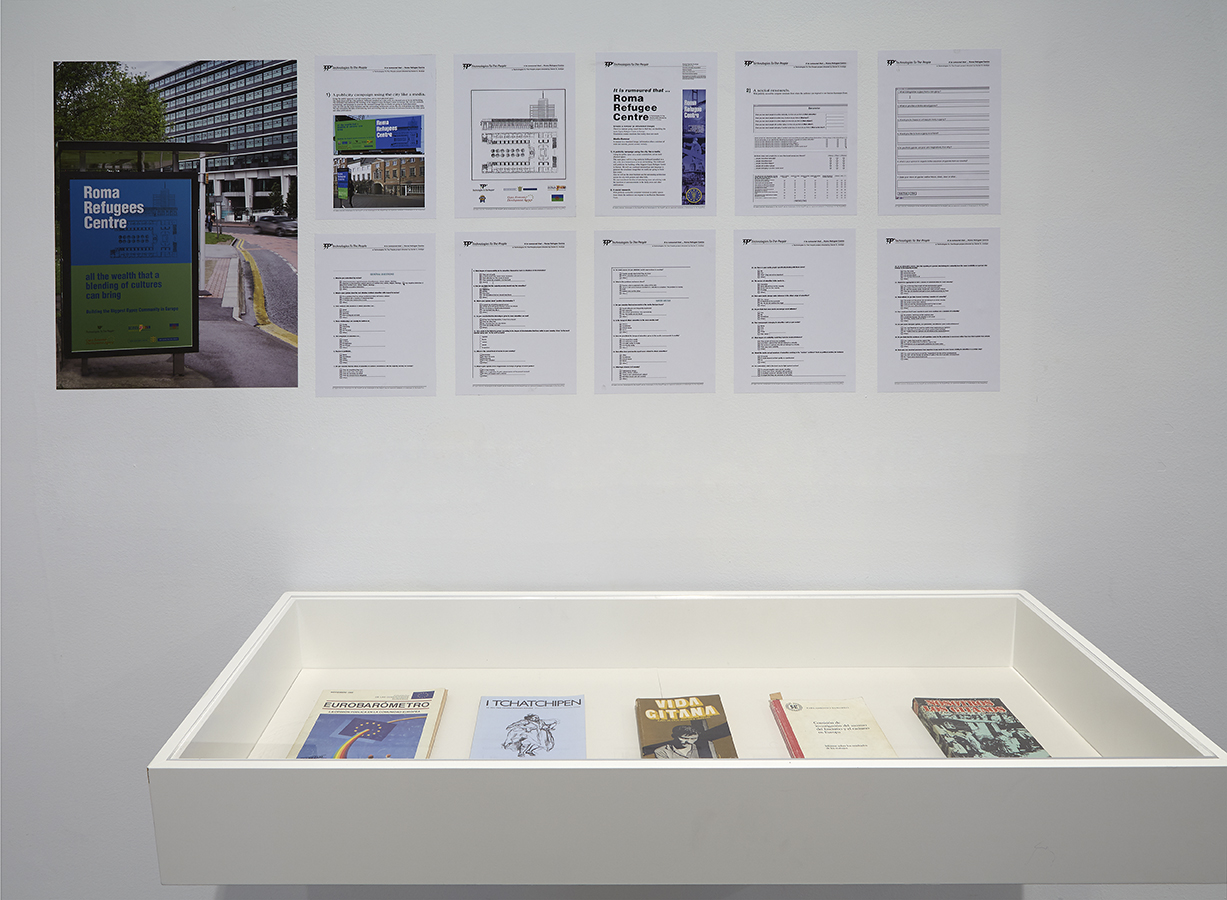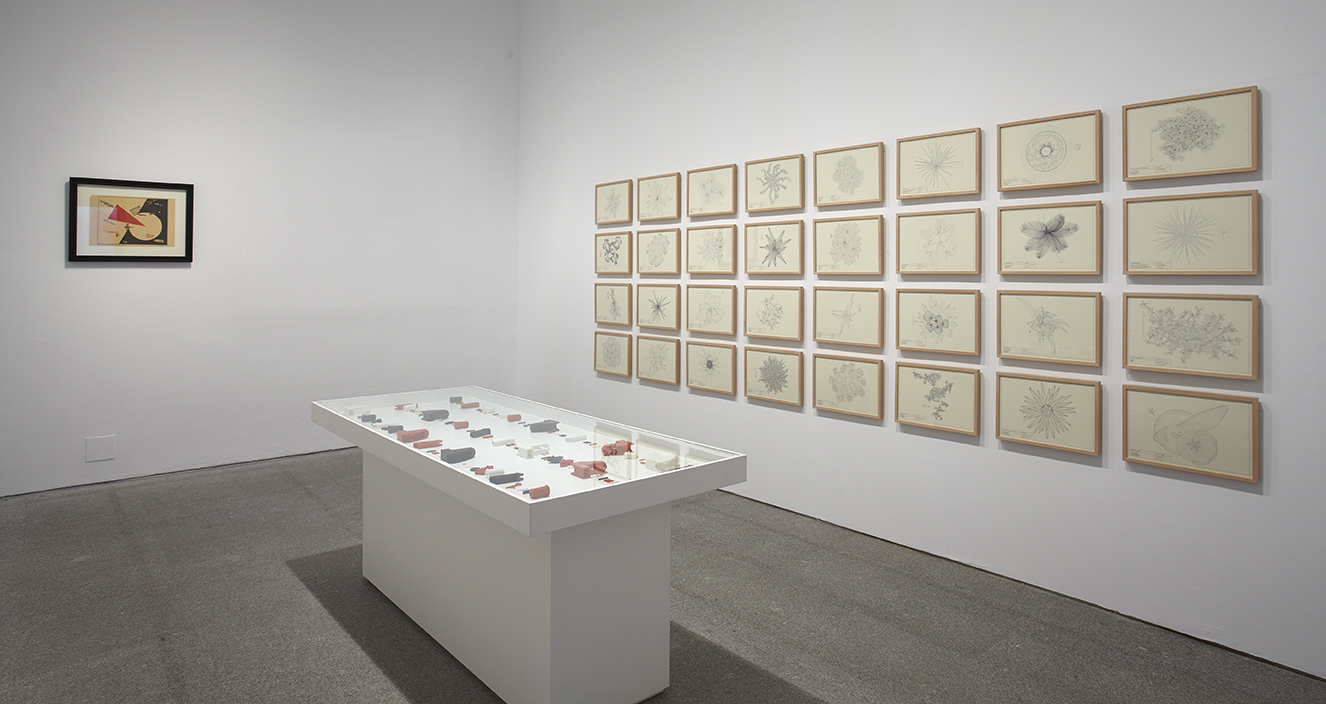Notitĭa
Two plasma screens—one for English and one for Spanish—display
news headlines from a selection of online media. The headlines continuously
change as a computer working in real time finds new headlines.
Under each headline is a section of text taken from a collection
of one hundred of the books in Daniel G. Andújar’s private (computer)
library. The selections are automatically chosen by a computer algorithm
each time a new headline is displayed.
The books in the collection relate to contemporary critical theory
by authors such as Michel Foucault, Giorgio Agamben, and Slavoj
Žižek, who have been instrumental to the development of Andújar’s
work. The selections also serve as “answers” to the news. Notit˘ıa conceives
news as a question rather than a fact and emphasizes the importance
of seriously reflecting upon rather than passively consuming it.
The pace of changing headlines is often so fast that reflection is impossible.
Notit˘ıa thus shows them at a slower pace and offers tools and
vocabulary with which to engage the news critically.
The work updates a strong art-historical tradition of dealing with
the significance of news. Seminal work by artists such as Hans Haacke
and David Lamelas in the 1970s presented real-time news in the exhibition
space in order to demonstrate that the institution was not an
isolated aesthetic sphere but a structure inherently connected with
the surrounding society. Andújar develops this tradition further by
using the exhibition space as a space for reconceptualization and
reflection that is often impossible when news is displayed in its regular
formats.
The work is also accessible online at www.e-leaks.org.


